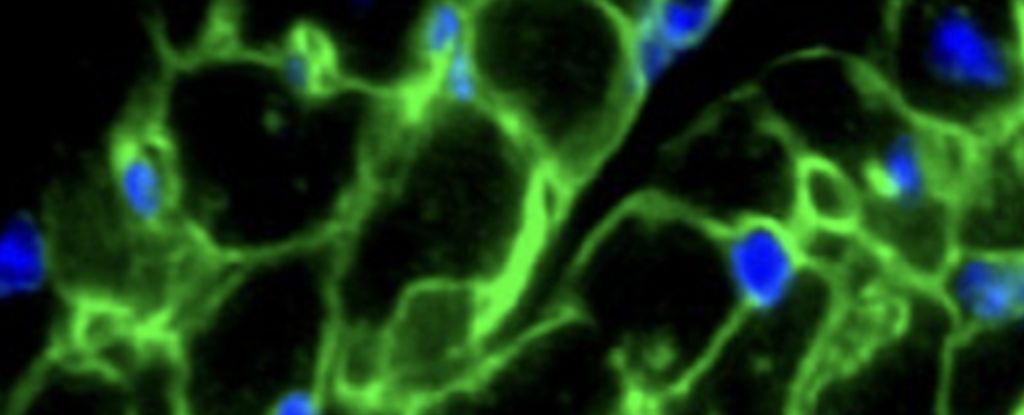ARTICLE AD
By now you’ve likely heard the news: Aubrey Plaza’s character in Agatha All Along, the sequel series to WandaVision, is not the acerbic “Rio Vidal” at all, but instead the acerbic personification of death, itself. That’s right: Death, with a capital “D.”
She’s described in the series as “The Original Green Witch”—because the process of decay and decomposition leads to the creation of carbon dioxide, water, and mineral salts, which are then absorbed by plants through their roots, etc.—and Marvel’s long history with its version of Death as an entity and character has granted her several titles of her own, including Mistress of Death, Spectre of Death, the Grim Reaper, the Final Goddess, Dark Beauty, and most popular of all, Lady Death (however, the character is no longer really called that as the name’s been usurped by a very different, independently published character.)
So, what separates Marvel’s incarnation of the cessation of life apart from the others? Well, she’s officially a cosmic entity, for one—the conceptual opposite of her colleague, Eternity (who made his live-action debut in Thor: Love & Thunder, in case you forgot), and often presents as a woman. Marvel’s personification of Death was established by Mike Friedrich and Jim Starlin, and made her debut in Captain Marvel #26 way back in the summer of 1973.
Though Marvel hasn’t exactly given Death her own title, she came close in the ’70s with War Is Hell, a comic set during the Second World War with a premise so ripe for a weekly TV series, we wouldn’t be surprised if Agatha left Rio around to potentially get her own Werewolf By Night-style “Marvel Presents” special. In that book, Death decides to punish a soldier named John Kowalski for failing to intervene during the invasion of Poland. As sort of a macabre take on Quantum Leap, each issue of the series saw Death tasking Kowalski with inhabiting the body of someone doomed to die, with the goal of changing something for the better before the host succumbs to their ultimate fate.
However, in the comics, she’s probably best known for her one-sided connection with Thanos, the former archvillain of the MCU. Thanos had (often unrequited) romantic designs on Death throughout several of his appearances in the ’70s and ’80s, and regularly attempted to win her affections by murdering as many people as possible. As seen in the 1991 event series Infinity Gauntlet, his scheme of annihilating half of all life with the power of the titular artifact was originally another bid for Death’s good will—a cosmic sacrifice to her that the MCU, when adapting the plotline in Infinity War and Endgame, removed Death from the picture entirely.
Though Death is intrigued by the gesture in Infinity Gauntlet, she’s not into-into Thanos like he is, and has rarely been enmeshed with the character beyond this. Instead, since then her motivations have lied with a greater interest in the universe’s functional immortals who consistently evade her icy grasp. Yes, Death is one of those people who wants what she can’t have, and has shown greater interest in characters like the regenerative Deadpool, or more recently Spider-Man’s clone, Ben Reilly, who has come back from the dead so many times, she couldn’t help but notice him.
But if Death is largely a relic from a ’70s war comic and occasional romantic interest of a cosmic tyrant, why is she on Agatha All Along? We don’t know yet. As a former seemingly spurned lover of Agatha, it seems the series is borrowing a page from the comics in making Death a potential romantic lead. Except this time, instead of leaning on the cosmic scale, she’s operating in the confines of the series’ exploration of the MCU’s magical side. But then why the subterfuge of posing as a woman named Rio Vidal?
We’re also not sure—but in the comics, Death would occasionally possess a woman named Marlo Chandler to experience life in physical form. While that character was named after author Raymond Chandler and his fictional detective, Philip Marlowe, “Rio” is a Spanish name meaning river, and “Marlo” means “remains of a lake.” There’s some symmetry there. “Vidal” is also a Spanish name meaning “little life” or “lively one,” which is ironic, I suppose (Chandler means someone who makes candles, if you were hoping for a potential second naming connection). A previous episode also had her dressed as a rockstar by-way-of Spanish matador, and as Mexico is one of the relatively few cultures with a female personification of Death (in this case, Santa Muerte), perhaps there’s a logical through line there in the name after all?
If Death’s motives for meddling in the affairs of Agatha’s coven are going to be revealed, it’ll likely happen next week, when Agatha All Along‘s season finale hits Disney+ the day before Halloween. And maybe we’ll see if Death has a future in the MCU beyond the show’s confines… as a physically embodied concept, of course. We’re sure there’ll be plenty of death itself, either next week in Agatha All Along or in the MCU’s future, regardless of whether or not Rio’s around to see it.
Want more io9 news? Check out when to expect the latest Marvel, Star Wars, and Star Trek releases, what’s next for the DC Universe on film and TV, and everything you need to know about the future of Doctor Who.

 3 weeks ago
45
3 weeks ago
45 

